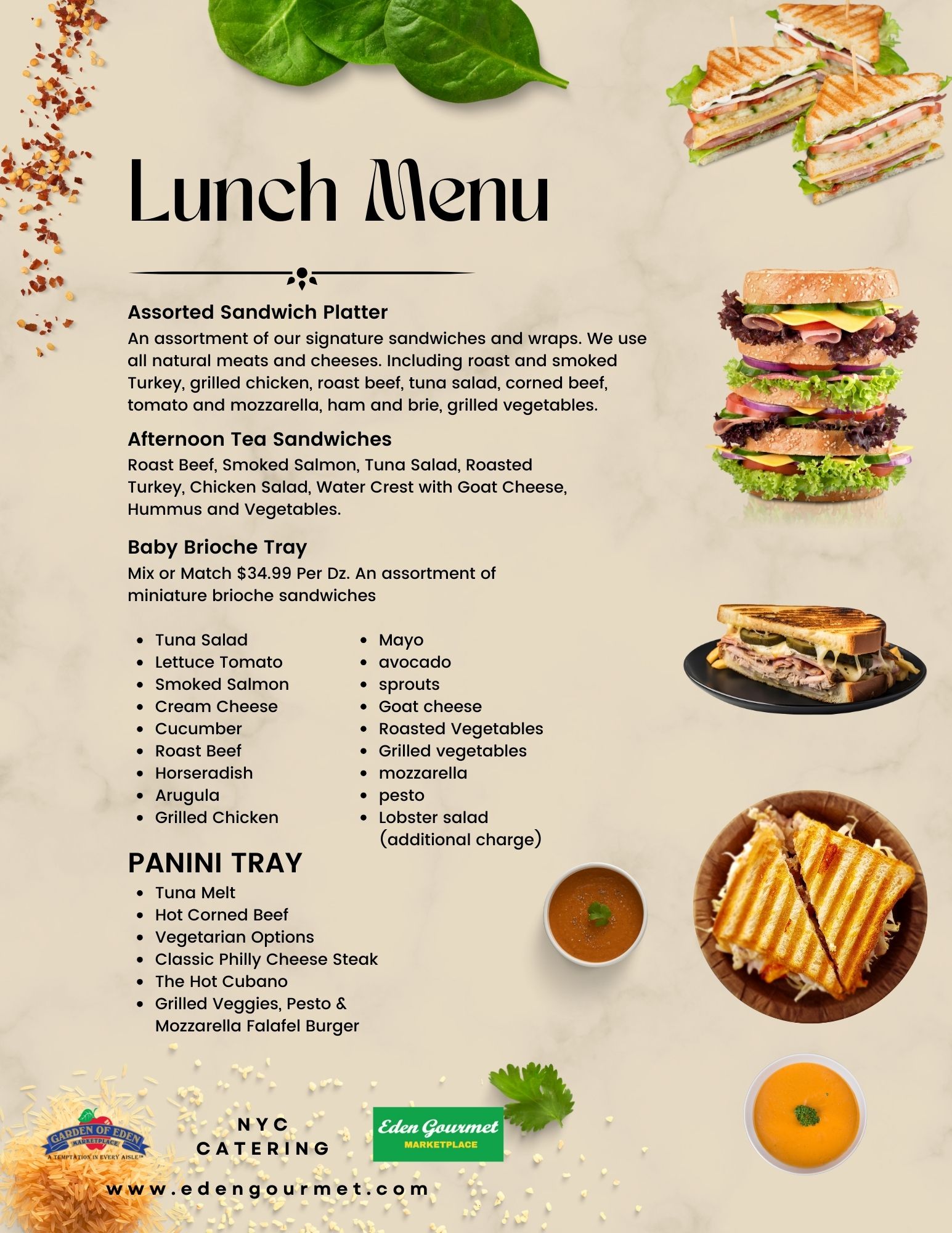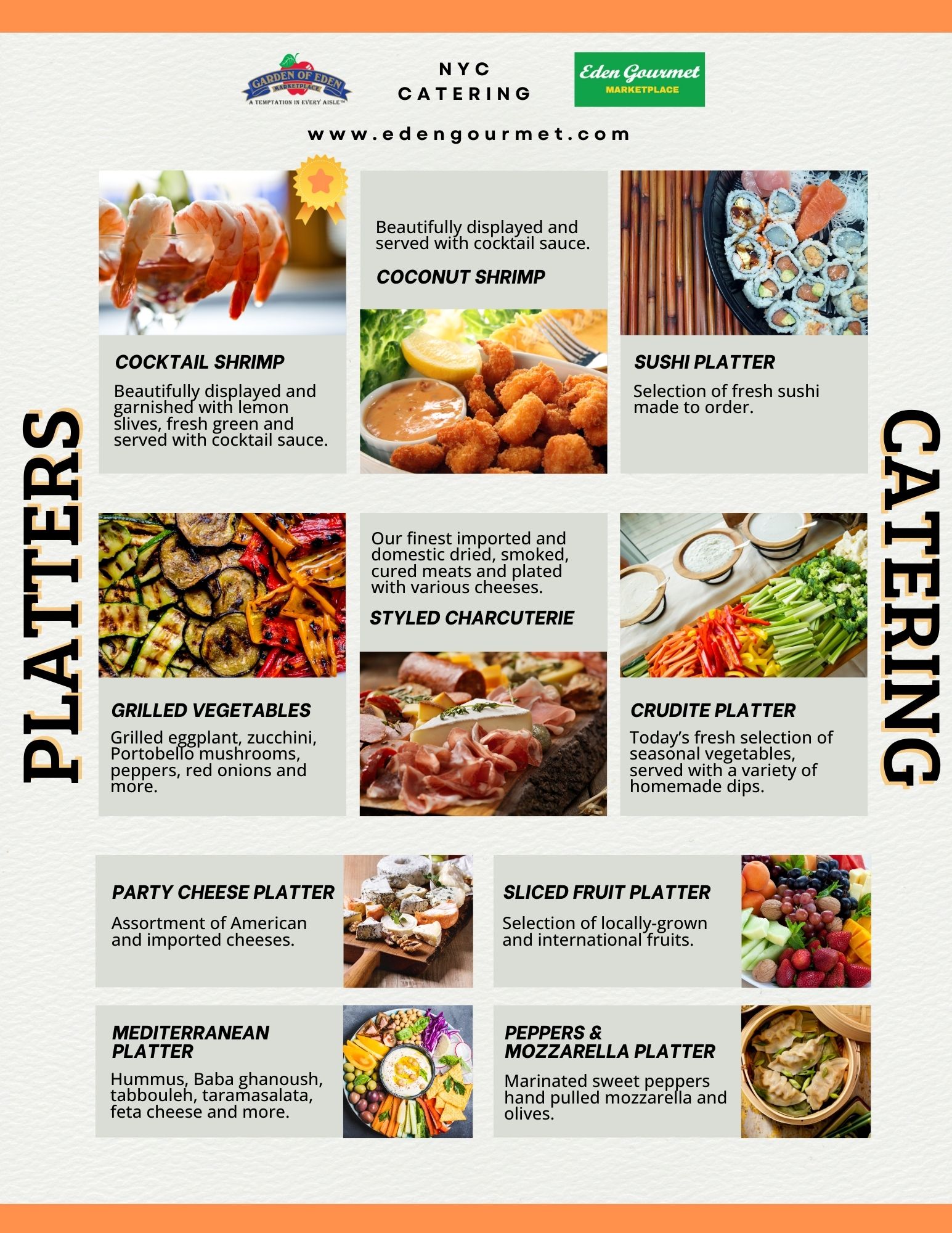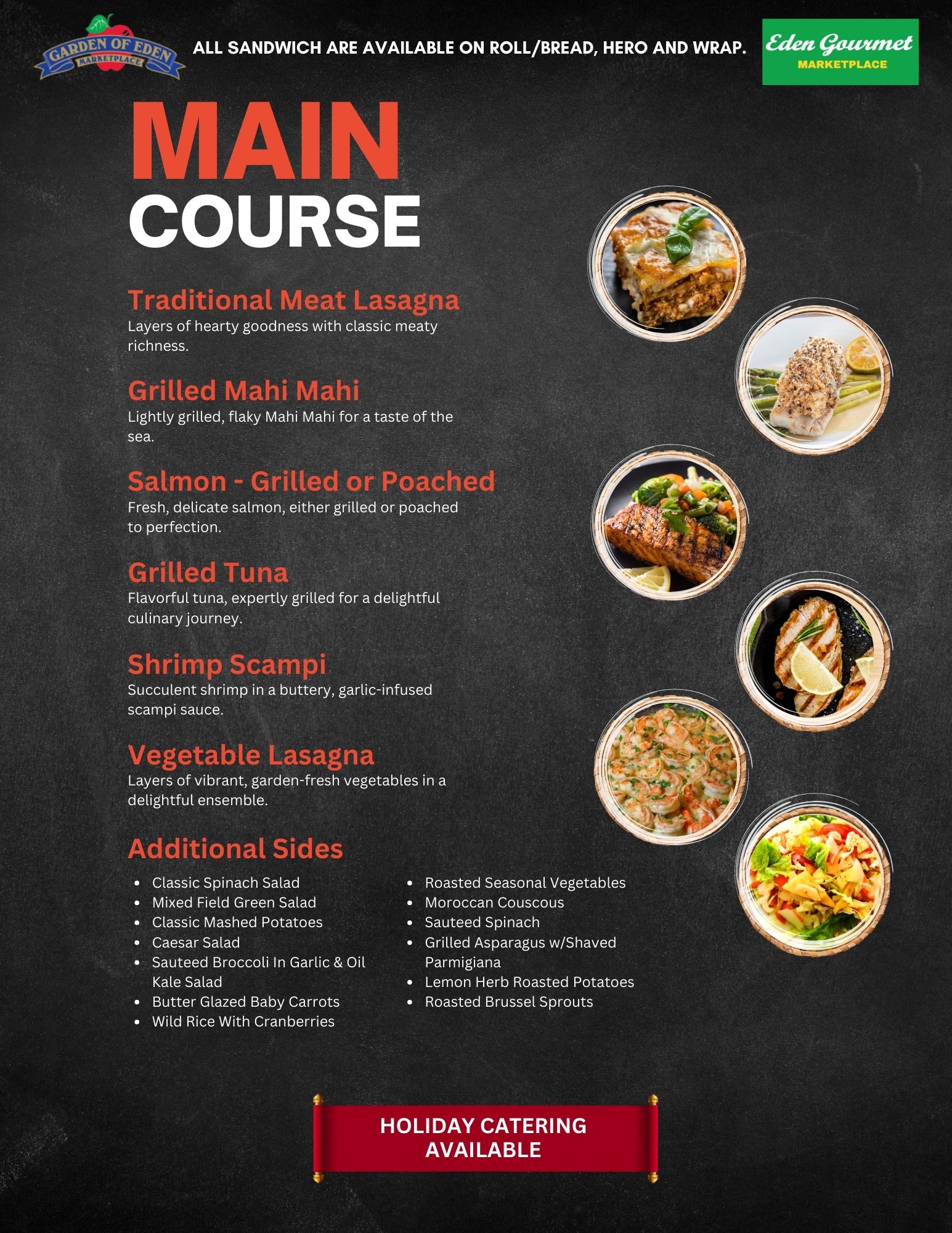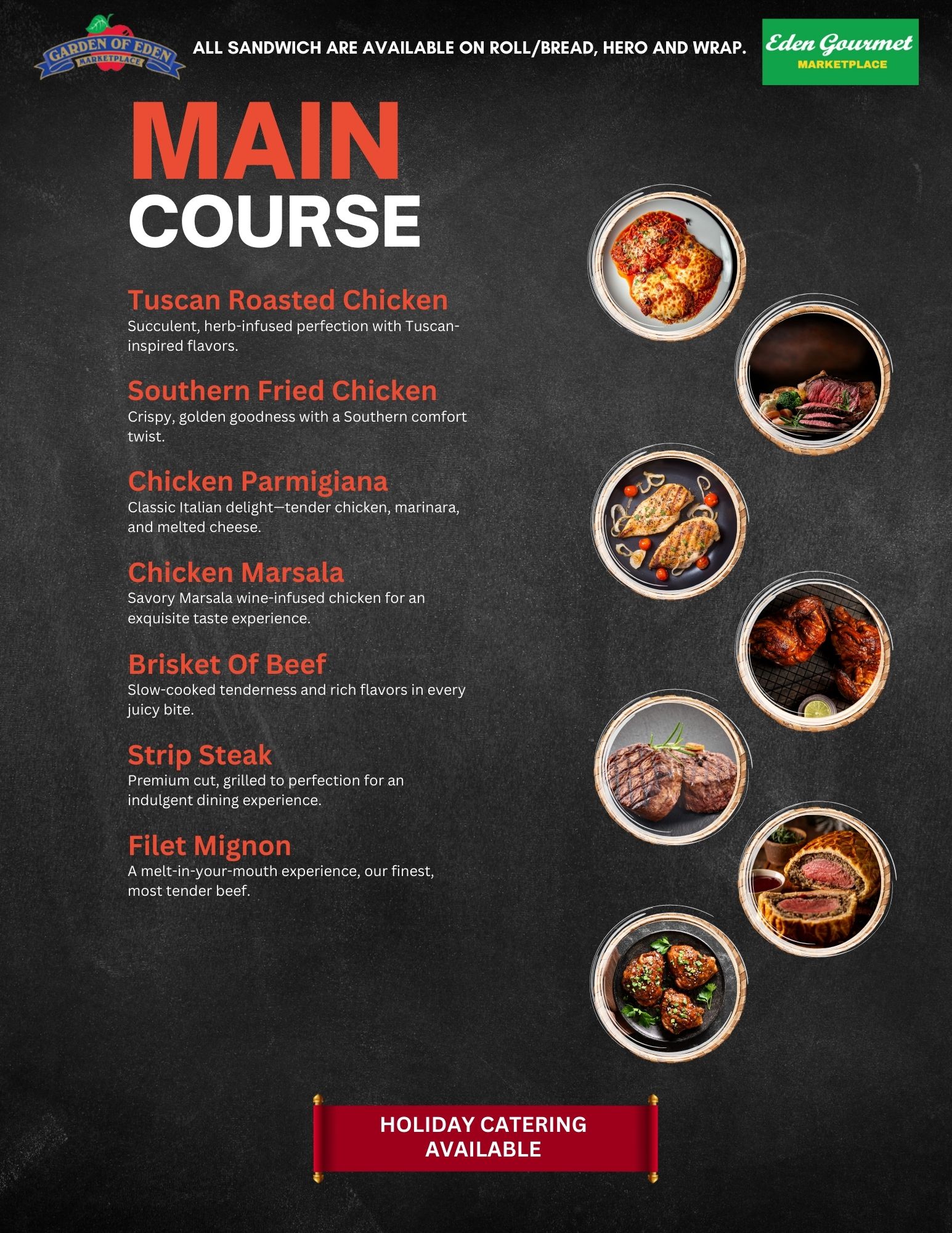Share This Story, Choose Your Platform!
Nutrition is the foundation of good health, yet many people find it challenging to navigate the complex world of food choices. Understanding the basics of nutrition is essential for making informed decisions about what to eat. At its core, nutrition is about providing our bodies with the essential nutrients it needs to function optimally. These nutrients include carbohydrates, proteins, fats, vitamins, and minerals.
Carbohydrates are the body’s primary source of energy and can be found in foods like fruits, vegetables, grains, and legumes. Proteins are essential for building and repairing tissues and can be found in foods like meat, poultry, fish, eggs, and dairy products. Fats are important for energy storage and hormone production and can be found in foods like nuts, seeds, avocados, and oils. Vitamins and minerals are essential for various bodily functions and can be found in a wide variety of foods.
Decoding Food Labels: How to Make Informed Choices
Food labels can be confusing, but they are a valuable tool for making informed choices about what we eat. When reading food labels, it’s important to pay attention to the serving size, calories, and nutrient content. Look for foods that are low in saturated fats, trans fats, cholesterol, and sodium, and high in fiber, vitamins, and minerals.
One common pitfall to avoid is falling for marketing gimmicks like “low-fat” or “sugar-free” labels. These products may still be high in calories and unhealthy additives. Instead, focus on whole, minimally processed foods that are rich in nutrients. When in doubt, choose foods with fewer ingredients and ones that you can pronounce.
Building a Balanced Plate: Tips for Creating Nutritious Meals
Creating a balanced plate is key to maintaining a healthy diet. Aim to fill half your plate with fruits and vegetables, a quarter with lean proteins, and a quarter with whole grains. This ensures that you are getting a variety of nutrients and staying satisfied throughout the day.
Experiment with different cooking methods and flavor combinations to keep meals interesting and enjoyable. Try roasting vegetables with herbs and spices, grilling lean proteins, and incorporating whole grains like quinoa, brown rice, and whole wheat pasta. Don’t forget to stay hydrated by drinking plenty of water throughout the day.
Navigating Social Situations: How to Stay on Track with Healthy Eating
Social situations can be challenging when it comes to sticking to a healthy eating plan. Whether it’s a work lunch, family gathering, or night out with friends, there are always temptations to indulge in unhealthy foods. However, with a little planning and mindfulness, you can stay on track with your healthy eating goals.
One strategy is to eat a healthy snack before heading to a social event to curb hunger and prevent overeating. When faced with a buffet or potluck, fill your plate with fruits, vegetables, and lean proteins first before indulging in treats. Remember that it’s okay to enjoy a treat occasionally, but moderation is key.
In conclusion, navigating the nutrition maze can be overwhelming, but with a solid understanding of the basics of nutrition, the ability to decode food labels, the skills to build a balanced plate, and strategies for navigating social situations, you can make informed choices and maintain a healthy diet. By prioritizing nutrient-dense foods, staying mindful of portion sizes, and being flexible in social settings, you can achieve your health and wellness goals. Remember, healthy eating is a journey, not a destination, so be patient with yourself and enjoy the process of nourishing your body.




























































